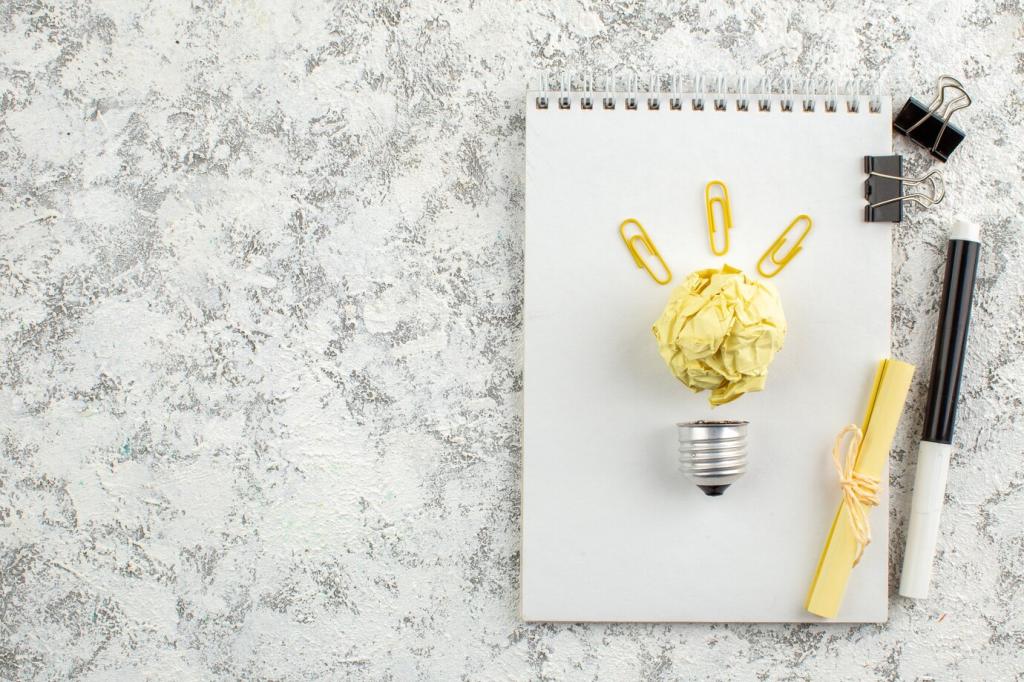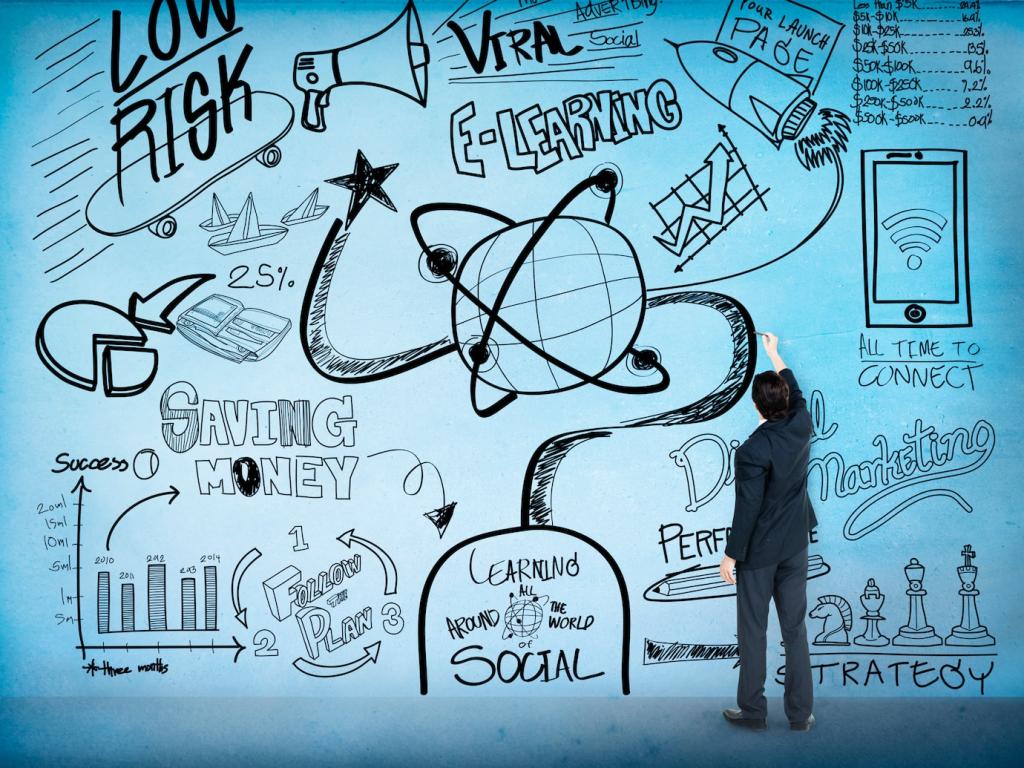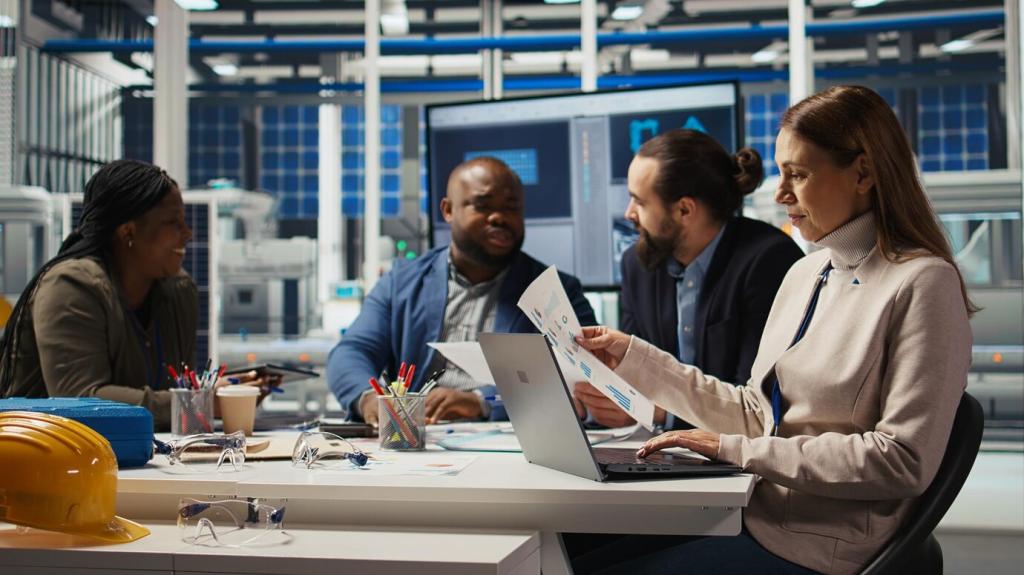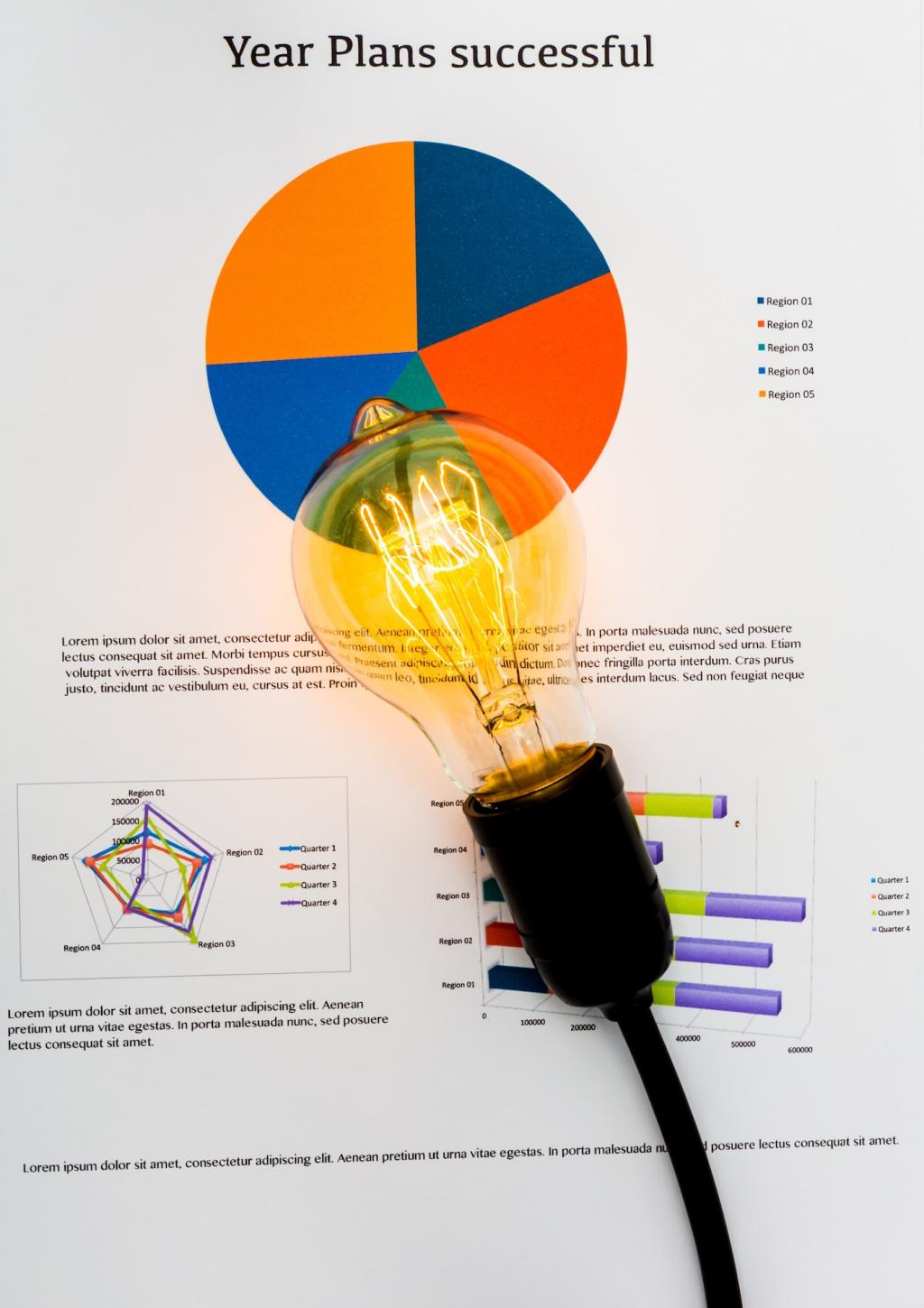Collaborative Event Strategies: Designing Experiences Together
Chosen theme: Collaborative Event Strategies. Welcome to a space where teams, communities, and partners co-create unforgettable events. Explore practical frameworks, lived stories, and playful prompts that turn coordination into collaboration. Subscribe, share your experiences, and help shape our next co-created guide.

Mapping Stakeholders as Co-Creators
From Attendees to Advocates
Treat your audience as collaborators from day one. Invite them to nominate speakers, curate playlists, or test run activities. When people help shape the plan, they proudly amplify it. Tell us which future attendees you’d love to involve first.
Influence/Interest Grids That Start Conversations
Map stakeholders by influence and interest to align expectations. At a neighborhood eco-festival, this simple grid revealed vendors worried about power access, while the fire department prioritized clear egress. Seeing both on one page unlocked a shared plan.
Ask Better Questions, Get Better Partners
Swap generic emails for curious prompts: what outcome matters most, what constraints are non-negotiable, and what success would you celebrate publicly? These questions spark honesty and creativity. Share one powerful question you’ll ask a partner this week.
Co-Design Workshops That Spark Ownership
Lightning Decision Jams for Event Flows
In ninety minutes, LDJs uncover friction points, prioritize fixes, and assign owners. One team used it to rework their arrival sequence, shaving eight minutes off check-in. Try an LDJ and comment with your biggest process win afterwards.
Prototyping Touchpoints in One Hour
Grab markers, tape, and a timer. Sketch signage, role-play registration, and walk the route. At a city hackathon, a paper prototype exposed a bottleneck at bag drop, saving the team from chaos later. Which touchpoint will you prototype first?
Feedback Rituals People Enjoy
Make feedback playful and specific: red sticky notes for risks, green for delights, blue for wild ideas. Five minutes per station keeps energy high. Participants leave smiling, and you leave with clarity. Post your favorite co-design activity below.
Partnership Models That Share Risk and Reward
Value Exchange Canvas for Event Partners
List tangible and intangible value both ways: credibility, content, logistics, promotion, data insights, and access. A regional museum traded venue space for educational programming credits, benefiting families and sponsors alike. Try the canvas and tell us what surprising value you uncover.
Memorandums That Encourage Flexibility
Draft MOUs with principles, not prescriptions: shared goals, timelines, decision rights, and escalation paths. This protects collaboration when conditions change. Add a learning clause to review and adapt. Have you used adaptive agreements? Share your best clause.
Sponsor Stories That Feel Authentic
Integrate sponsors where they enhance the experience. A local bakery hosted a community breakfast for volunteers, earning heartfelt shout-outs without a single billboard. Authentic moments outlast logo walls. What sponsor activation felt genuinely helpful at your event?
Communication Architectures for Multi-Team Events
Centralize documents, timelines, and floorplans in one live hub. Allow comments and version history so updates are transparent. This reduces back-channel confusion and empowers teams to solve problems together. Tell us your favorite collaboration platform and why it works.


Communication Architectures for Multi-Team Events
Use a steady beat: weekly cross-team standups, daily venue check-ins during build, and rapid pulse reports. Cadence builds trust and surfaces issues early. What meeting rhythm keeps your team aligned without stealing time from real work?
Agree on a core outcome: repeat attendance, session engagement, or community impact. Link every team’s work to that star. A youth summit chose “first-time speakers feeling safe,” transforming how mentors and stage managers collaborated. What’s your North Star?

Language Access That Builds Trust
Offer translation, plain-language summaries, and multilingual signage. Community liaisons can review phrasing for tone and clarity. At a town hall, translated invites doubled attendance from underrepresented neighborhoods. Who could review your materials to make them more welcoming?
Designing for Neurodiversity in Crowds
Provide quiet zones, predictable schedules, and clear wayfinding. Share sensory information ahead of time so attendees can plan. A small adjustment—color-coded maps—reduced overwhelm noticeably. Tell us one change you’ll make to support different processing styles.
Local Traditions as Program Anchors
Invite cultural stewards to co-create opening moments and closing rituals. A riverfront cleanup began with a short song led by elders, uniting partners with purpose. Which tradition in your community deserves a thoughtful place in your program?



